Does the eel from these cheap takeout shops pass the buyobuyo quality test? We find out
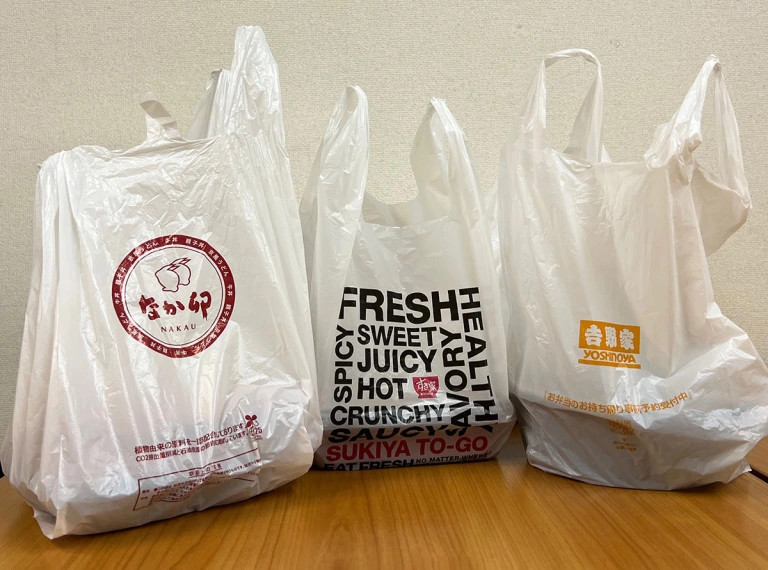
Unagi for about 1,000 yen…is it worth it?
Unagi is the Japanese word for freshwater eel, a luxury health food that many people consider worth splurging on from time to time. Often served over a bowl of rice, it’s far more expensive than your average beef or katsu bowl, and thus if you want seriously quality unagi, you have to be prepared to pay for it.
Of course, you don’t have to spend big bucks to enjoy an unagi bowl. Popular Japanese chains often sell it for around 1,000 yen (US$7.40). The problem is, then you run the risk of getting unagi with the dreaded “buyobuyo” quality, the flabby bottom-level of unagi. You want your unagi to be firm, plush, and flavorful, not soggy and limp.
But they can’t all be bad, right? Our Japanese-language reporter and food investigator Yuichiro Wasai was curious to find out which Japanese restaurant chains’ unagi would pass the buyobuyo test, so he purchased five different takeout an unagi bowl to find out.
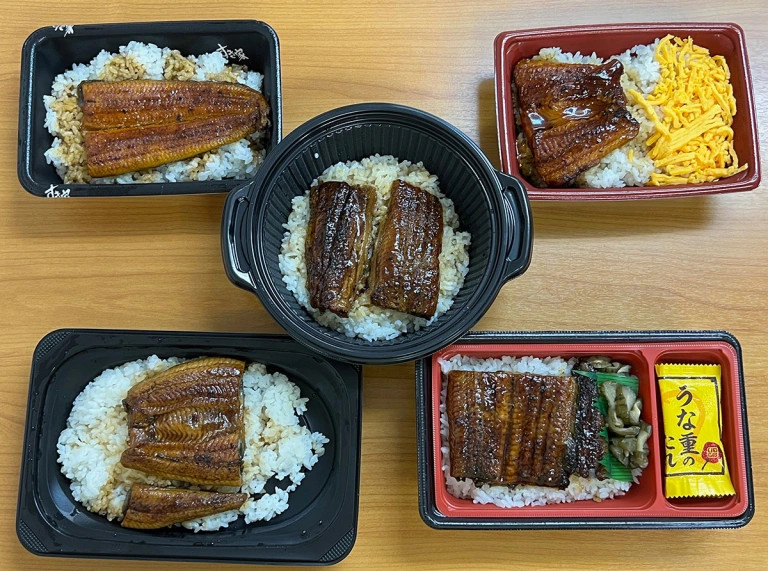
Unfortunately, though Yuichiro would very much like to buy an unagi bowl from every cheap place in town, he can only eat so much, so after much deliberation, he decided to test only these five. Please note that all prices are takeout prices.)
● Yoshinoya’s Unaju (Eel over rice in a lacquered box) Single Eel Bowl (1,077 yen)
● Nakau’s Unaju (880 yen)
● Sukiya’s Unadon (Eel over rice in a bowl) Regular Size Bento (850 yen)
● Gusto’s Unagi Bento (1,079 yen)
● Origin Bento’s Unaju with Unagi from China (1,069 yen)
Since Yuichiro had the prices for each of his bowls, he decided to weigh each one to see how much volume you get per price. The food weights aren’t exact, since he couldn’t remove the meals from their containers without ruining their presentation, but there there was still one restaurant that pulled well above the others in terms of weight.

Though each of the ungai bowls weighed over 330 grams (11.6 ounces), Yoshinoya’s came out to 406 grams (14.3 ounces), nearly fifty grams heavier than Nakau’s, which was the next-heaviest.

However, when it came to the actual mass of the unagi itself, Yoshinoya’s eel only came out to be seven grams more than Gusto’s and Origin’s, indicating that maybe the bulk of Yoshinoya’s extra weight is rice. Nevertheless, the volume of food per yen was such that it might be well worth the over 1,000 yen price…if it passes the buyobuyo test.
(Warning: some people might find the following images gross, especially if you don’t like eel. If you think you’re okay, continue on.)
Now for the real test. Yuichiro began to flip the unagi one by one to check how limp-looking their bottoms were.
▼ Sukiya
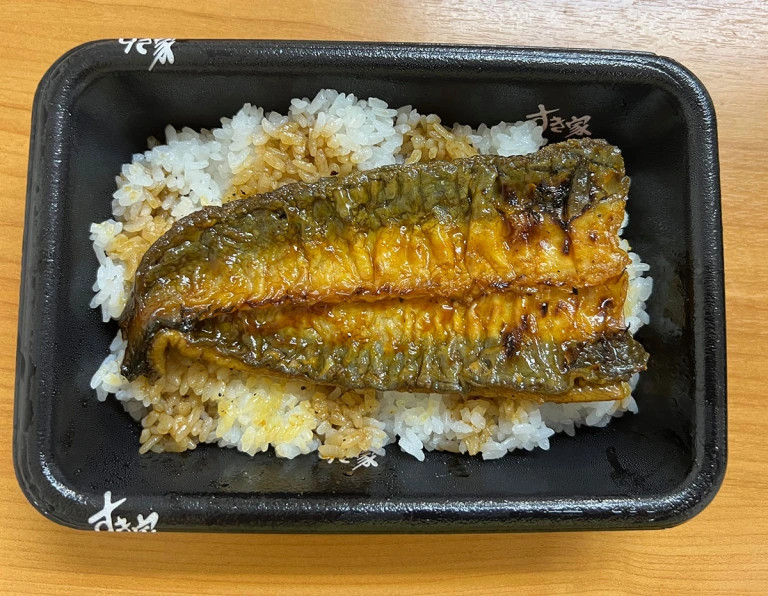
▼ Gusto

▼ Yoshinoya
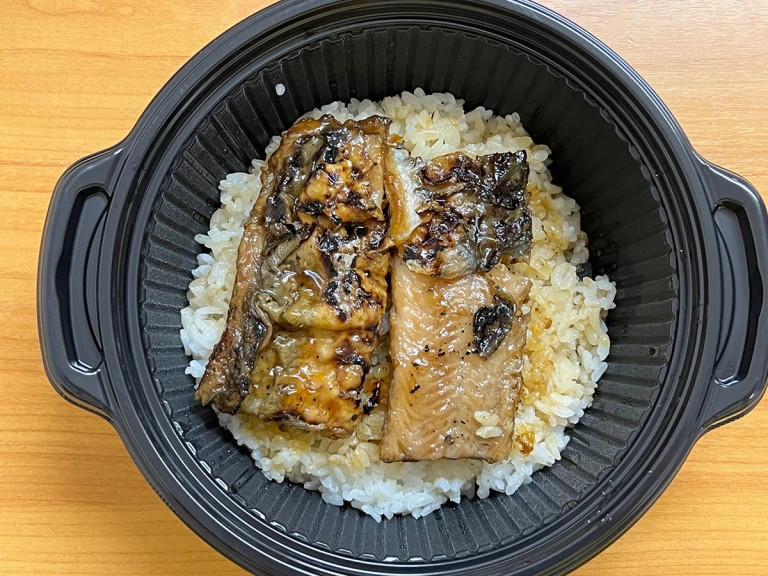
▼ Nakau
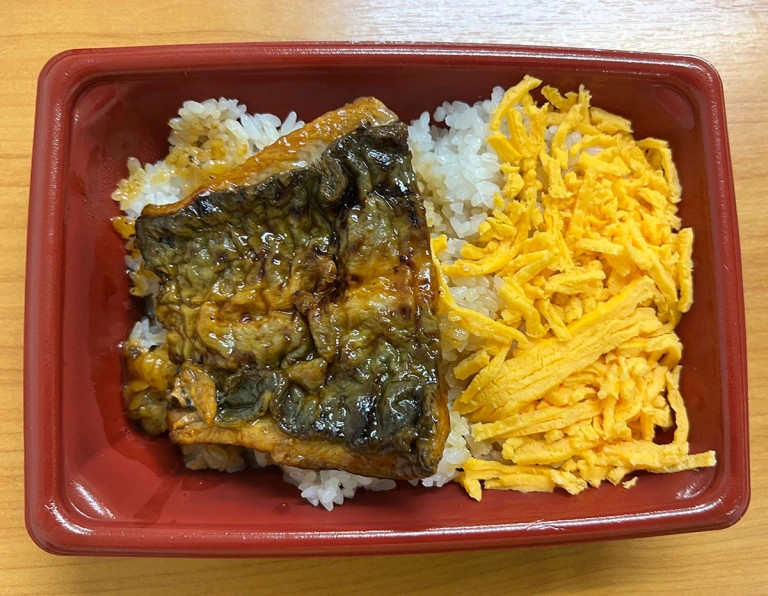
▼ Origin Bento

They all looked…reasonably flabby. Or at least, they didn’t have the chargrilled look unagi is supposed to have. Not like unagi specialty chain Unatoto’s takeout unagi, pictured below.
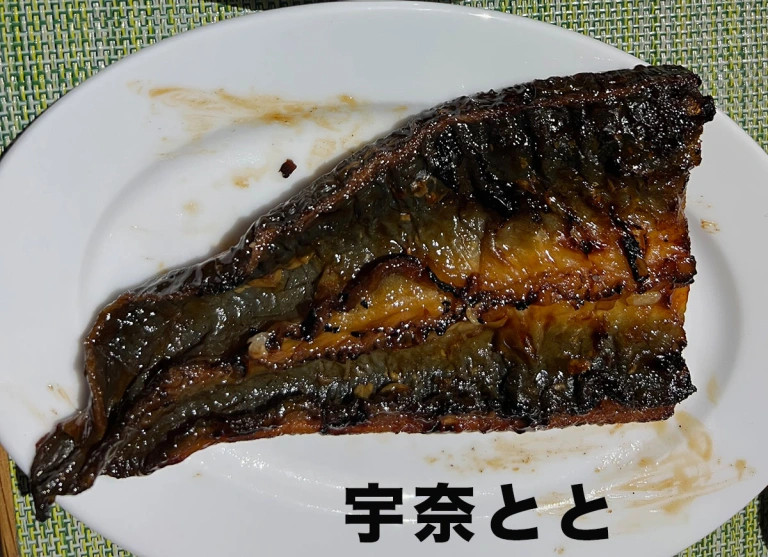
Sad to say, they all looked like they were made with speed and process optimization in mind…which isn’t surprising given that they were all cheap unagi bowls from chain restaurants. Nevertheless, there were some that stood out flavor-wise, and some that stood out for their cost performance, so here is Yuichiro’s ranking of the five different unagi bowls.
5. Yoshinoya’s Unaju Single Eel Bowl (1,077 yen)
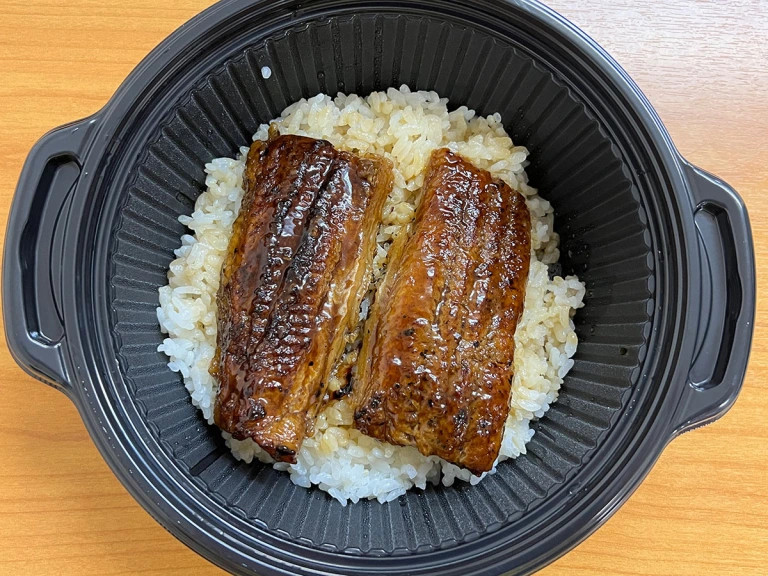
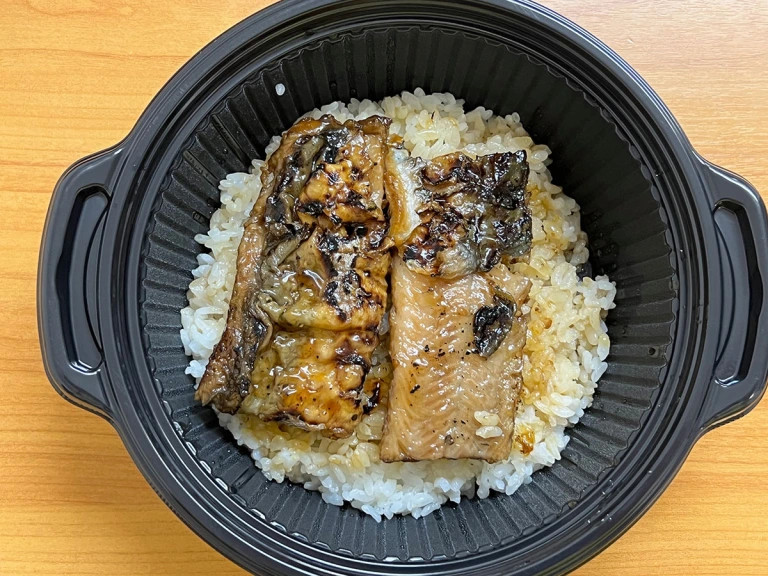
Unfortunately, having the most volume didn’t save this unagi bowl from being ranked as the most buyobuyo. It was a shame since the top of the fish looked like it had so much elasticity. There was just too big a gap between the appearance of the front and the back. However, it did have the advantage of having the biggest serving of eel, so if you’re looking for a filling meal, this might be your best bet.
4. Gusto’s Unagi Bento (1,079 yen)
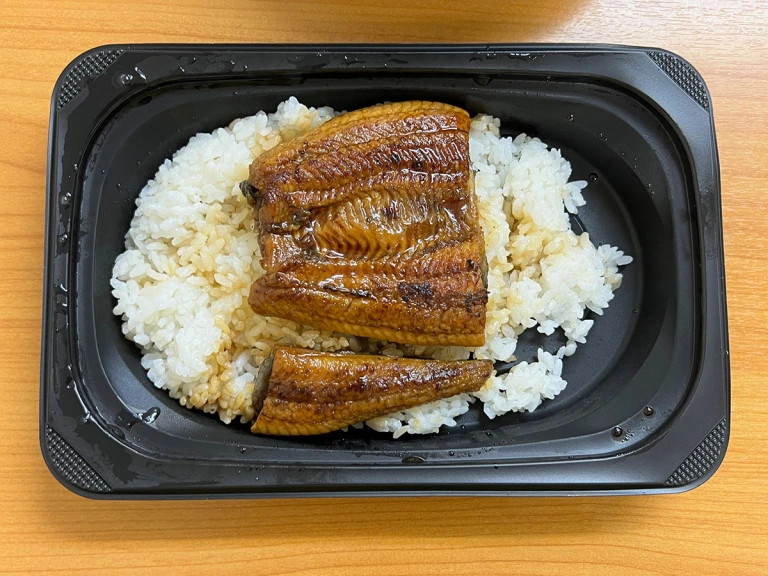
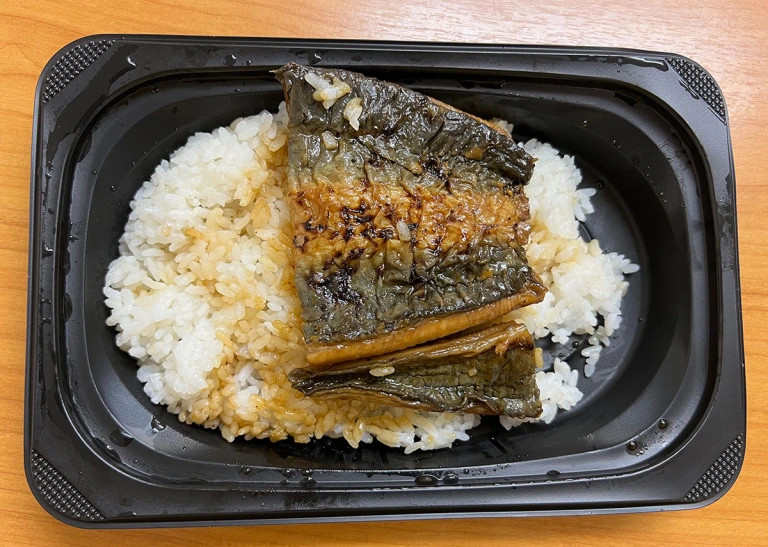
In terms of flavor, this bento was unremarkable, but that isn’t necessarily a bad thing. Unagi that tastes “just fine” at this price is actually pretty great. It also didn’t have a significant amount of buyobuyo, at least not enough for Yuichiro to notice. However, the rice in this bento was a little bit on the dry side, which is what bumped it down to fourth place.
3. Nakau’s Unaju (880 yen)
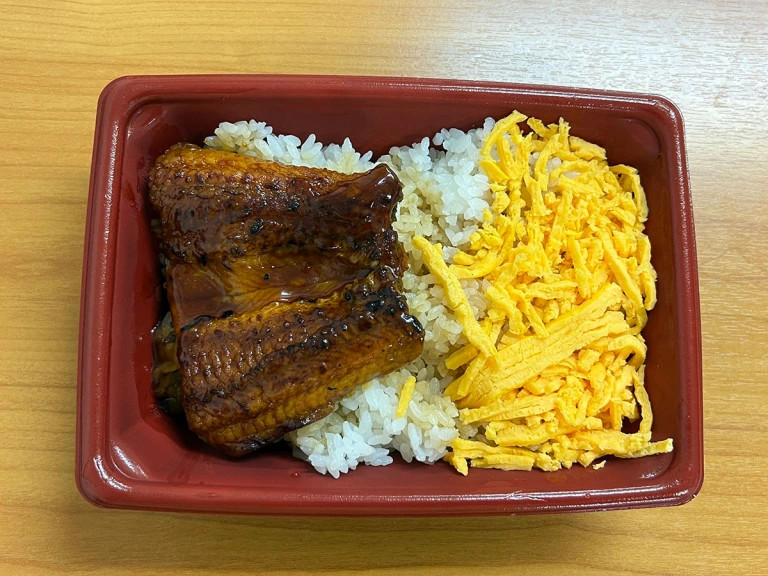
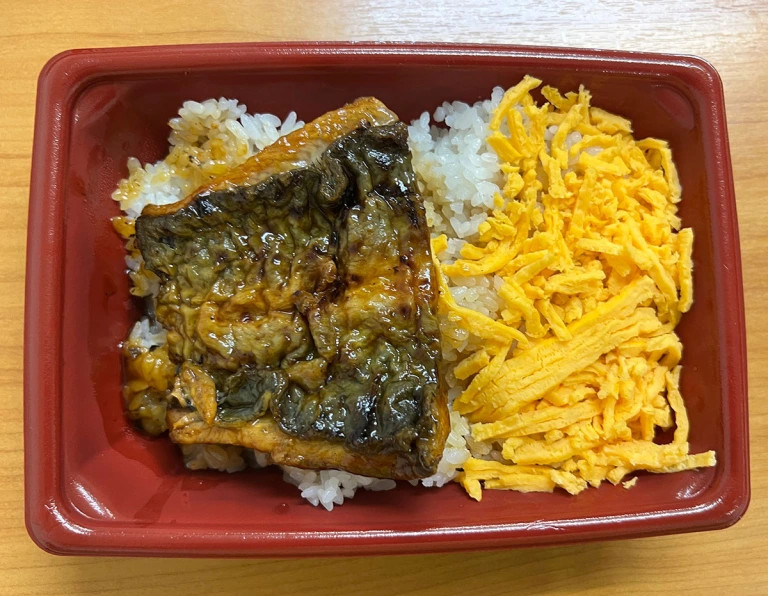
This was the only one that came with thin omelet strips, so it was the most colorful to look at. But Yuichiro thought if they were going to the trouble and expense of adding anything, he would much rather have more sauce than omelet strips. The unagi, however, was nice and soft, though Yuichiro ranked it fourth in terms of buyobuyo-ness.
2. Sukiya’s Unadon Regular Size Bento (850 yen)
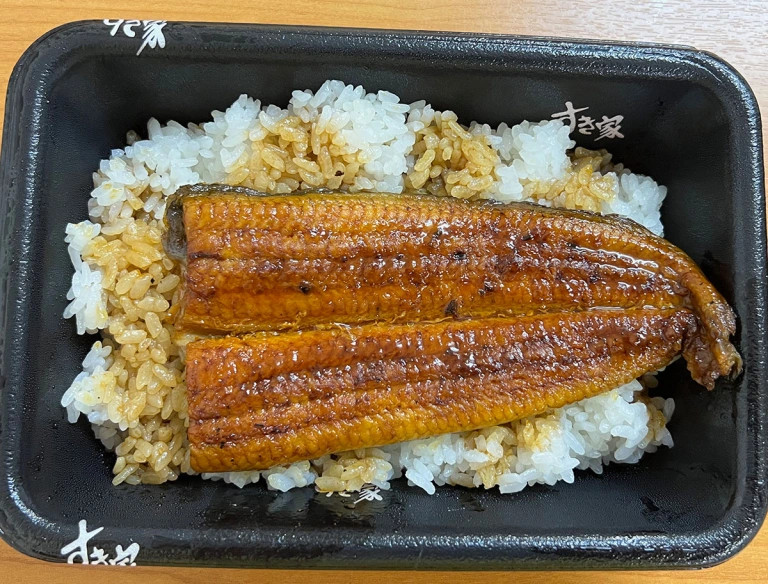
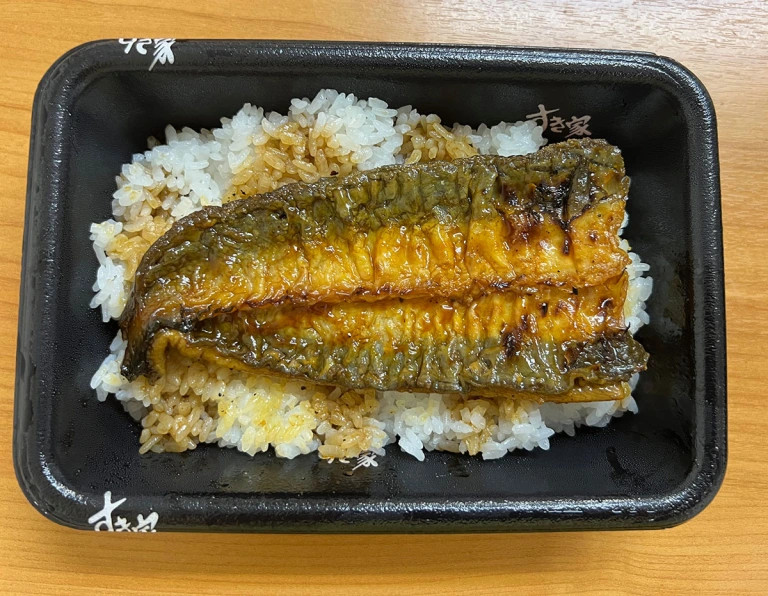
This one was the least buyobuyo, and the unagi had a nice elasticity to it. However, it was still the opposite of fluffy. Yuichiro wasn’t quite sure how to describe it. Perhaps it was very…austere?
1. Origin Bento’s Unaju with Unagi from China (1,069 yen)

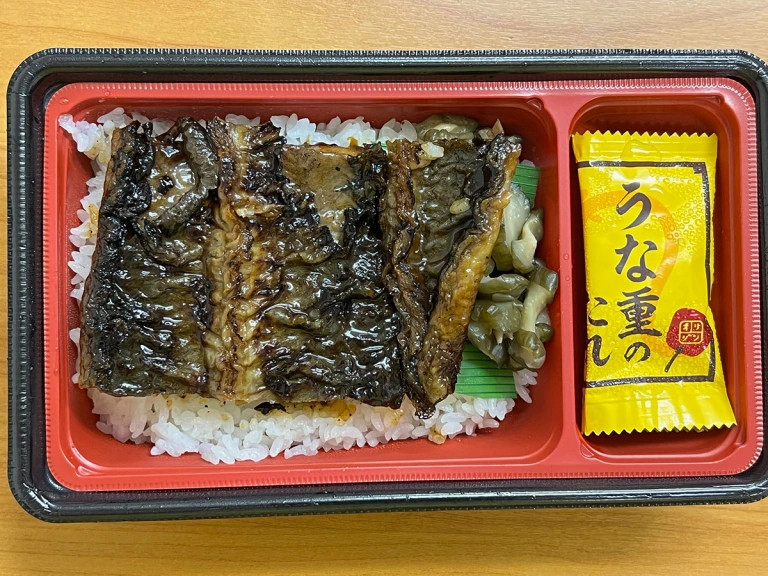
Although this one was a bit more buyobuyo compared to Sukiya’s unagi, it definitely had a much softer and fluffier texture. More than anything else, the flesh of the unagi was nice and thick. But the best thing of all was how they provided the sauce in a separate package.
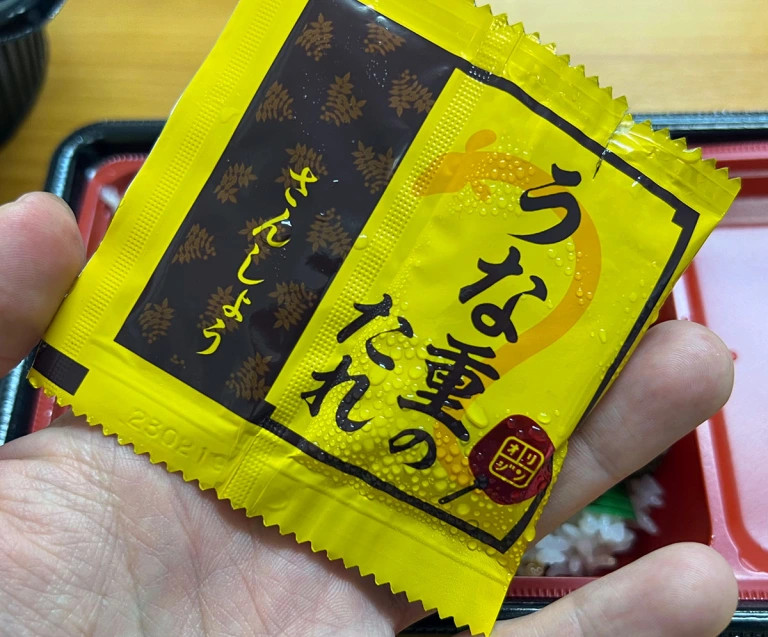
Since the sauce will often end up being the lifeline of cheap unagi like this, Yuichiro believes that applying the sauce just when you’re ready to eat it is best, which is why this bento got top marks for thoughtfulness. Origin’s unagi bento also won because it came with pickles–and who doesn’t love pickles?–and was very transparent about its sourcing.
Regardless of which restaurant each unagi bento came from, however, Yuichiro had to say that he really appreciated all the effort they’ve gone through to provide a decent experience of unagi at a reasonable price. After tasting these, Yuichiro learned that there’s no reason to be too much of a snob when it comes to cheap unagi. At the very least, trying them all might make one appreciate expensive unagi even more. Or, if you’re like Yuichiro, you’ll always be searching for that extra delicious yet affordable unagi bento.
By the way, if you’re a fan of saltwater eel as well as freshwater eel, don’t forget to check out our investigation into which conveyer belt sushi chain has the best anago sushi!
Images © SoraNews24
● Want to hear about SoraNews24’s latest articles as soon as they’re published? Follow us on Facebook and Twitter!
Credit:

0 comments:
Post a Comment